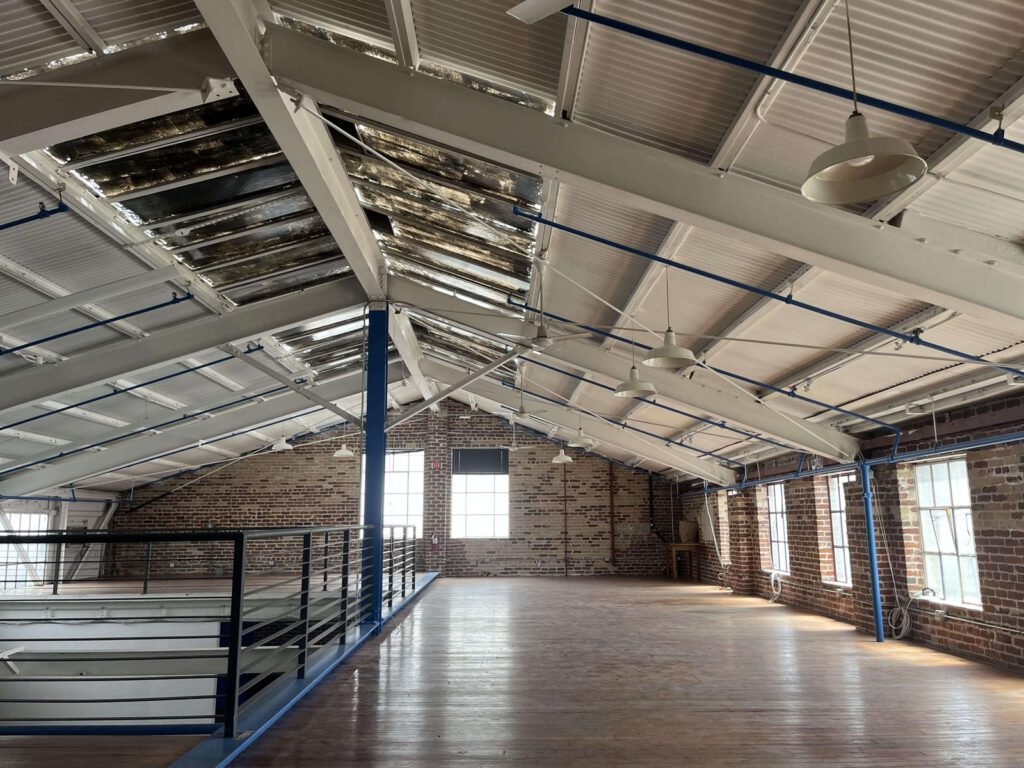
655 Bryant Street
San Francisco, CAMove-in ready R&D building with customizable lab space and available parking.

The life sciences industry has quietly become one of the most influential drivers of real estate in San Diego. With its deep roots in biotech, pharmaceuticals, and medical research, this sector is rapidly changing the city’s real estate landscape, from specialized labs to mixed-use developments.
But what exactly is fueling this transformation, and what does it mean for the future of San Diego’s real estate market?
In this post, we’ll explore how life sciences are reshaping San Diego, focusing on major developments, market challenges, and the long-term potential for growth.
San Diego isn’t just another city with a biotech presence – it’s a life sciences powerhouse.
For decades, the region has attracted some of the world’s leading biotech companies, supported by a steady pipeline of talent from nearby research institutions like UC San Diego. What started in the northern submarkets of Torrey Pines, UTC, Sorrento Mesa, and Sorrento Valley has now grown into one of the largest life sciences hubs in the country.
The city offers a perfect storm of factors for life sciences companies: proximity to world-class universities, access to research grants, a robust startup culture, and an environment that fosters innovation. These elements, combined with the city’s strategic location near the Pacific Rim, make San Diego an ideal home for life sciences companies looking to break ground in everything from drug discovery to medical device manufacturing.
What does this mean for San Diego’s economy?
The life sciences sector has been a key contributor to job growth and innovation in the region, generating billions in economic activity. Beyond that, it’s driving the demand for specialized real estate, from laboratory spaces to advanced research facilities. The ongoing expansion of the life sciences industry creates a ripple effect, boosting related sectors such as healthcare, education, and even hospitality.
The growth of life sciences in San Diego has triggered a wave of new real estate developments designed to meet the unique needs of this booming industry. From research labs to mixed-use spaces that combine office, retail, and leisure, these projects are pushing the boundaries of what commercial real estate can be.
One of the most ambitious projects making headlines is IQHQ’s Research and Development District (RaDD).
At $1.6 billion and 1.7 million square feet, RaDD is one of the largest life sciences projects in the U.S., bringing state-of-the-art lab and office space to San Diego’s downtown waterfront. The project aims to anchor a downtown life sciences cluster, breaking away from the industry’s traditional strongholds in the northern submarkets.
But despite its ambitious vision, RaDD is entering a market already grappling with high vacancy rates. As of early 2023, downtown’s life sciences vacancy rate sat at over 50%, making it clear that while San Diego’s northern submarkets continue to thrive, downtown may face some hurdles in attracting tenants.
Still, the long-term potential is undeniable. With waterfront views and proximity to major tech, RaDD could redefine downtown San Diego’s real estate landscape if it successfully attracts life sciences tenants in the years to come.

Rising vacancy rates are starting to impact property values, particularly in areas like downtown. While long-term demand for life sciences space remains strong, the short-term oversupply of office and lab spaces means landlords may have to adjust leasing strategies. For real estate investors and developers, this presents both a challenge and an opportunity – how to balance the need for new space with the reality of market conditions.
The life sciences industry has unique real estate needs that go beyond traditional office spaces. These companies require highly specialized environments, like wet labs and R&D facilities, which means the design and construction of these spaces are critical to their success. This has led to a transformation in how developers approach real estate for the life sciences sector.
As life sciences companies grow, their demands for real estate have evolved. Traditional office spaces no longer suffice; instead, they need cutting-edge lab facilities equipped with the latest technology, advanced power infrastructure, and custom build-outs. The conversion of outdated office spaces into modern, state-of-the-art labs is a trend that continues to reshape the San Diego real estate market.
The trend toward mixed-use developments is becoming increasingly popular in San Diego’s life sciences sector. These projects, which combine office, retail, and residential spaces, offer a more dynamic work environment that supports collaboration and innovation. IQHQ’s RaDD project is a prime example, with plans to include retail and public spaces, creating a community-focused atmosphere that extends beyond the lab or office.
By integrating amenities like restaurants, coffee shops, and parks into these developments, real estate in the life sciences sector becomes more than just functional – it becomes a place where employees want to spend time.

Move-in ready R&D building with customizable lab space and available parking.

Full building HQ, 100% plug&play, with great natural light on every floor.
San Diego continues to be a magnet for life sciences companies, thanks to its proximity to world-class research institutions, access to top-tier talent, and growing reputation as an innovation hub.
San Diego currently has 3.6 million square feet of life sciences space under construction, representing 16% of the nation’s total life sciences pipeline. This growth, though ambitious, reflects the long-term potential of the industry. While downtown may face short-term leasing challenges, the core submarkets in the north are expected to remain in high demand, especially as more companies look to establish a presence in the region.
That being said, San Diego’s life sciences market is not without its hurdles. High vacancy rates downtown and in some of the core submarkets present a challenge for developers and landlords. The competition for tenants is fierce, and with more projects on the horizon, there is a risk of oversaturation in the market. However, as demand for highly specialized lab and office spaces continues to grow, the market may eventually stabilize.
For investors, the life sciences sector presents a unique opportunity. With the right tenant mix and flexible leasing strategies, life sciences developments can offer high returns and long-term stability. The trend toward sustainability and energy-efficient buildings is gaining traction, especially in the life sciences sector, where green labs and facilities are becoming increasingly important. Investors who prioritize sustainability in their projects may find themselves well-positioned in the future market.
San Diego’s life sciences industry is reshaping the city’s real estate landscape, from the northern submarkets of Torrey Pines and UTC to emerging hubs like downtown. While challenges remain, the long-term growth potential for life sciences real estate in the region is undeniable.